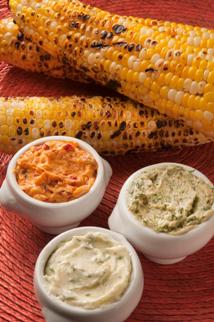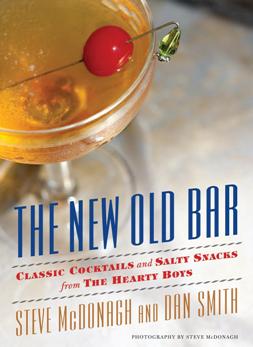The Return of Butter
Tuesday, 02 October 2012 16:01
 Just as Americans’ love affair with beef reignited in the 1990s, butter is coming back in a big way
Just as Americans’ love affair with beef reignited in the 1990s, butter is coming back in a big way
Although butter has been vilified for decades as a “bad” fat best to be avoided, recent studies reveal that its negative profile was undeserved. That’s good news for anyone who cooks (and eats), because butter relies on a whopping 120+ unique compounds for its silky, incomparable flavor.
“There simply is no substitute for butter in cooking,” says Chef Christopher Koetke, CEC, CCE, HAAC, vice president of the Kendall College School of Culinary Arts in Chicago and the Laureate Universities International Center for Culinary Excellence. “Not only does the pure, sweet-cream taste of butter complement and enhance the flavor of dishes, but butter provides a smooth and creamy texture that is especially important in sauces.”
Indeed, the days of banishing butter from the back of the house are ending, Koetke says. Because, just as Americans’ love affair with beef reignited in the 1990s, butter is coming BACK—and in a big way.

 In the height of the sweltering summer, some seasonal, fruity favorites have fared well, while others are falling from favor.
In the height of the sweltering summer, some seasonal, fruity favorites have fared well, while others are falling from favor. Five ways to incorporate nutritious dry peas, lentils and chickpeas into the most important meal of the day.
Five ways to incorporate nutritious dry peas, lentils and chickpeas into the most important meal of the day.